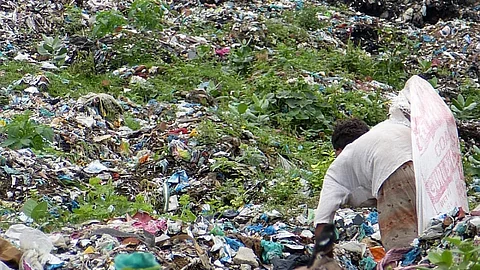
- Topics
- Feature
- Opportunities & Events
- About
- Hindi Portal
- Data
- Topics
- Feature
- Opportunities & Events
- About
- Hindi Portal
- Data

SOPPECOM and Water Aid have been working for the last three years on the right to water and sanitation. They have engaged in consultations with people across the nation, and used these discussions to articulate their campaign demands. The campaign has also come up with a wealth of resources on the topic but what does this right to sanitation entail? Mamata Dash explains.
In 2013, it was estimated that 3.75 crore toilets were 'missing' - they did not exist anywhere except on paper. With the propaganda-heavy Swacch Bharat Abhiyaan, it is probable that many more will go missing.
The components of sanitation need to be ensured at every time, at every place, and for each person. Menstrual hygiene management is not an issue to only be discussed by women’s groups. The health of our girls and women is something that should concern all society. The right to sanitation must include specificities, of special needs groups and of cultural needs.
There are two agencies in the context of rights. The duty bearers need to have accountability, to provide funds and infrastructure, and the right holders need to participate, mobilise and organise. Six aspects of water and sanitation rights are included in the campaign; these are availability, accessibility, affordability, quality and safety, acceptability, dignity, and technology. It is also important to differentiate between the responsibilities of the government and of citizens.
Read the Campaign's position paper on the right to sanitation.